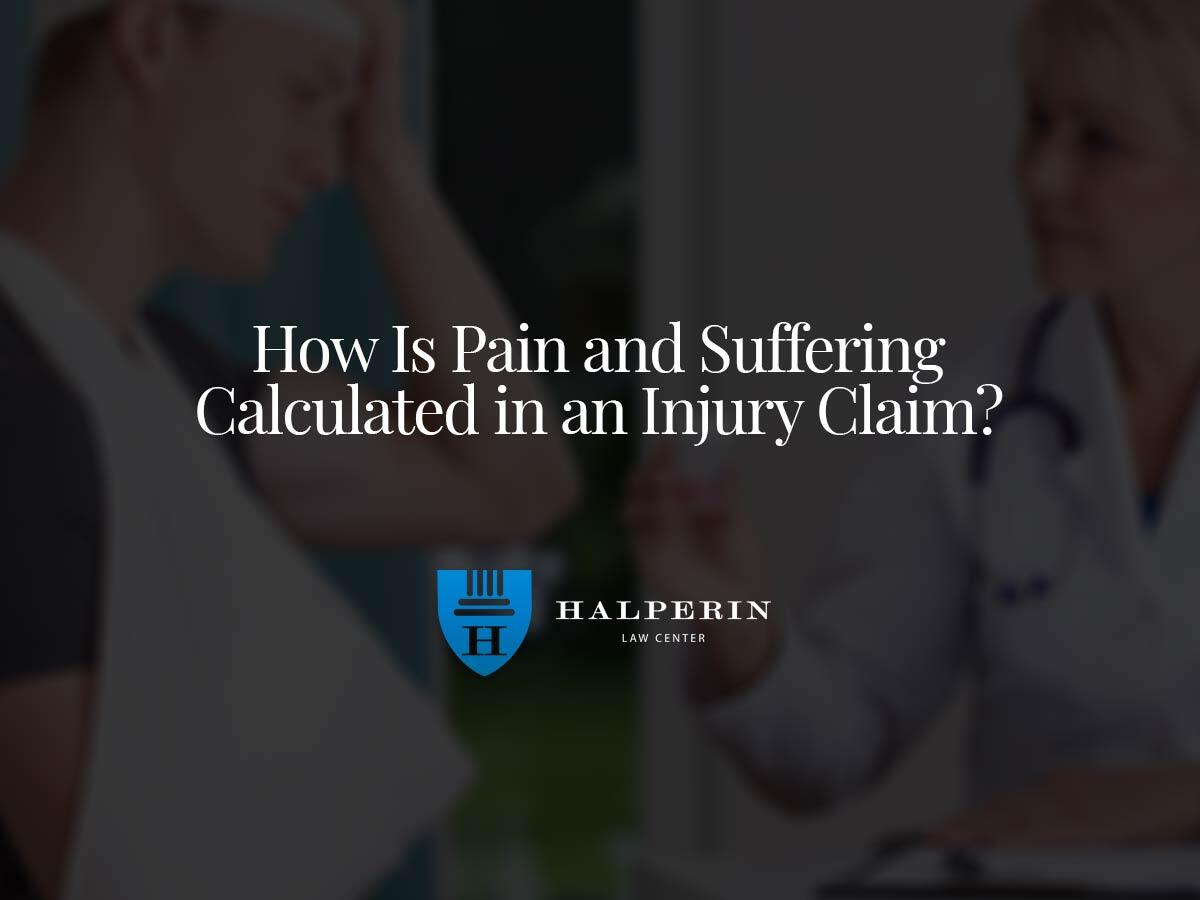How Is Pain and Suffering Calculated in an Injury Claim?
When you’re injured in an accident, it’s possible to be set back by a variety of different types of damages. Some of the most common include economic damages. Others, such as pain and suffering, can also be considered for some cases. You might be wondering, “How is pain and suffering calculated in a personal injury claim?” Ahead we discuss a few considerations for the topic.
Calculating Pain and Suffering for Your injury Claim
Sustaining a serious injury can have a series of negative effects on your life. In addition to the physical and financial challenges of dealing with your injury, limitatons on mobility, and time away from work, personal injury victims are also liable to experience emotional trauma.
Whereas economic damages, such as medical bills and even income loss, are relatively easy to ascertain, it can prove quite difficult to put a concrete number on the emotional suffering you’ve experienced.
For this reason, many insurance companies use something called the “multiplier method” to reach an estimate for many damages, such as pain and suffering. The method is based on a commonly used equation, in which the sum of your actual damages is multiplied by a number between 1.5 and 5 in order to reach an adequate estimate of non-economic damages.
The primary purpose of the multiplier is to standardize the process of awarding or thinking about intangible damages in personal injury claims. As in other areas where a certain degree of ambiguity features, the multiplier may not always be consistently applied. In general, however, some things that can cause the multiplier to increase include:
- The severity of your injuries
- The negligence of the at-fault party, with gross carelessness receiving a hire multiplier
- Clear evidence of pain and suffering as proven by documents
- Whether the injury is permanent, or how long recovery takes
In some cases where injuries and/or emotional trauma is exceptional, the number by which actual damages is multiplied may be as high as six or seven.
Problems with the Multiplier Method of Receiving Non-Economic Damages
The multiplier method isn’t without criticism, however. Some critics claim that the results are often arbitrary or inconsistent. As the plaintiff in a personal injury suit especially, it’s important to understand how the pain and suffering multiplier can impact the outcome of your settlement.
Asking for a high pain and suffering multiplier without sufficient proof can lead an insurance company to reject your claim outright. Another concern is that a company may take advantage of your ignorance of the multiplier to pay less than you’re owed.
Contact a Personal Injury Lawyer in Virginia
When you’ve been injured in an accident, don’t let an insurance company pay you less than you deserve for non-economic damages. At Halperin Law Center, we can negotiate a fair agreement with the insurance company so you can focus on recovery.
Call 804-527-0100 or fill out the form below to schedule a free consultation with a top-rated Virginia personal injury lawyer from Halperin Law Center.




